Home>Ideas and Tips>Creating A Functional Craft Room In Limited Space
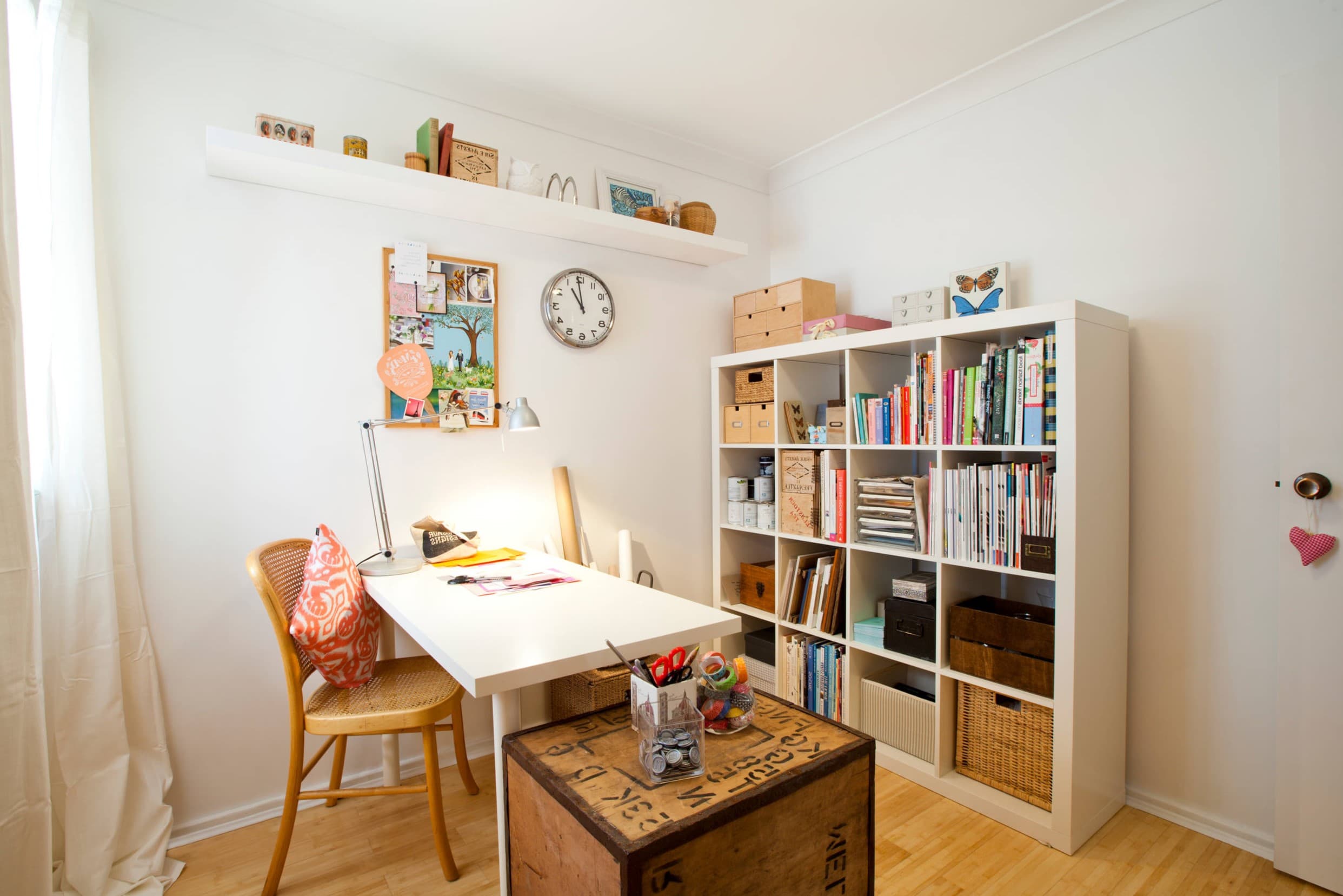

Ideas and Tips
Creating A Functional Craft Room In Limited Space
Published: August 28, 2024
Maximize your small space with these creative craft room ideas. Discover tips for efficient layouts, storage solutions, and more to enhance your crafting experience.
(Many of the links in this article redirect to a specific reviewed product. Your purchase of these products through affiliate links helps to generate commission for Storables.com, at no extra cost. Learn more)
Introduction
Creating a functional craft room in limited space can be a challenging but rewarding project. Whether you're a seasoned crafter or just starting out, having a dedicated space for your creative activities can significantly enhance your productivity and enjoyment. In this article, we'll explore various strategies and ideas to help you design and set up an efficient craft room even when space is limited.
Read more: Creating A Functional Craft Room In A Garage
Assessing Your Space
Before you begin, it's essential to assess the space you have available. Measure the dimensions of the room and consider the layout of any windows, doors, and electrical outlets. This will help you determine the best use of the space and ensure that your craft room is both functional and safe.
Identifying Needs
-
Work Area: Determine the primary activities you'll be doing in the room. Will you be sewing, painting, knitting, or working with paper crafts? Each activity requires different types of workspaces and tools.
-
Storage: Crafters often accumulate a lot of supplies and materials. You'll need to plan for adequate storage solutions to keep your workspace organized and clutter-free.
-
Lighting: Proper lighting is crucial for any craft room. Consider the natural light available and plan for additional lighting if necessary.
-
Comfort: A comfortable workspace can significantly improve your productivity and enjoyment. Think about seating options, ergonomic considerations, and any additional amenities you might need.
Designing Your Craft Room
Maximizing Vertical Space
-
Shelves and Racks: Use wall-mounted shelves and racks to maximize vertical space. These can be used for storing supplies, finished projects, or even displaying your work.
-
Hanging Organizers: Utilize hanging organizers like pegboards or hooks to hang tools, scissors, and other frequently used items.
-
Stackable Containers: Use stackable containers or bins to store supplies on shelves or in cabinets.
Efficient Layout
-
Workstation Configuration: Set up your workstation in a way that allows you to easily move between different tasks. For example, if you're sewing and painting simultaneously, consider placing your sewing machine near a window for natural light while keeping your painting supplies nearby.
-
Zone Creation: Divide the room into different zones based on the activities you'll be performing. For instance, you might have a sewing zone with a sewing machine and related supplies, a painting zone with easels and paints, and a paper crafting zone with scissors and paper supplies.
-
Traffic Flow: Ensure that there is enough space for easy movement between different zones without creating bottlenecks.
Storage Solutions
-
Cabinets and Drawers: Install cabinets and drawers to store supplies and materials. Label each drawer or shelf so that you can quickly find what you need.
-
Baskets and Bins: Use baskets and bins to store small items like buttons, threads, or beads.
-
Over-the-Door Organizers: Hang over-the-door organizers on the back of a door to store items like ribbons, yarns, or other long supplies.
Lighting Solutions
-
Natural Light: If possible, position your workspace near a window to take advantage of natural light. This can significantly improve visibility and reduce eye strain.
-
Task Lighting: Use task lighting such as desk lamps or under-cabinet lighting to provide focused light where needed.
-
Color Temperature: Choose light bulbs with a color temperature that is comfortable for your eyes (e.g., daylight bulbs).
Comfort and Ergonomics
-
Ergonomic Seating: Invest in an ergonomic chair that provides proper support for your back and legs.
-
Standing Desks: Consider using a standing desk or a sit-stand workstation to alternate between sitting and standing throughout the day.
-
Comfortable Workspace: Ensure that your workspace is at a comfortable height and distance from your body to avoid straining your neck or shoulders.
Read more: Creating A Functional Craft Room In An Attic
Additional Amenities
-
Inspiration Board: Create an inspiration board where you can pin up ideas, patterns, or motivational quotes to keep you motivated.
-
Snack Station: Set up a small snack station with water, coffee, or tea to keep you hydrated and energized throughout the day.
-
Music Player: Add a music player or a white noise machine to create a relaxing atmosphere that enhances your creativity.
Examples of Functional Craft Rooms
Example 1: The Sewing Room
Imagine a small room with a sewing machine placed near a window for natural light. The walls are lined with shelves containing fabric rolls, threads, buttons, and other sewing supplies. A pegboard hangs above the sewing machine with hooks for hanging scissors, rulers, and other frequently used tools. A comfortable ergonomic chair sits beside the sewing machine for long hours of work.
Example 2: The Painting Studio
Picture a room with an easel positioned near a window for optimal lighting conditions. The walls feature large shelves filled with paints, brushes, canvases, and other painting supplies. A small table nearby holds various mediums like oils or acrylics along with palettes and rags. Comfortable seating options like bean bags or stools allow artists to relax while working on their masterpieces.
Example 3: The Paper Crafting Corner
Envision a cozy corner dedicated solely to paper crafting activities like card making or scrapbooking. The space includes a large desk covered in various papers (cardstock, patterned sheets), adhesives (glue sticks), scissors (rotary cutters), punches (die-cut machines), ribbons (twine), stamps (ink pads), markers (colored pencils). Shelves above hold organized collections of embellishments such as buttons or sequins while baskets below store smaller items like beads or sequins.
Conclusion
Creating a functional craft room in limited space requires careful planning and creativity. By maximizing vertical space through shelving units and hanging organizers; designing efficient layouts that accommodate multiple activities; implementing effective storage solutions like cabinets drawers baskets bins; ensuring proper lighting conditions using natural task lighting; prioritizing comfort ergonomics through ergonomic seating standing desks comfortable workspaces; adding inspirational amenities such as snack stations music players inspiration boards – you can transform even the smallest area into an ideal workspace perfect for enhancing productivity enjoyment while engaging various creative pursuits!
Remember always keep your workspace organized clutter-free ensuring easy access necessary tools materials enhancing overall experience making memories through artistry craftsmanship
Was this page helpful?
At Storables.com, we guarantee accurate and reliable information. Our content, validated by Expert Board Contributors, is crafted following stringent Editorial Policies. We're committed to providing you with well-researched, expert-backed insights for all your informational needs.
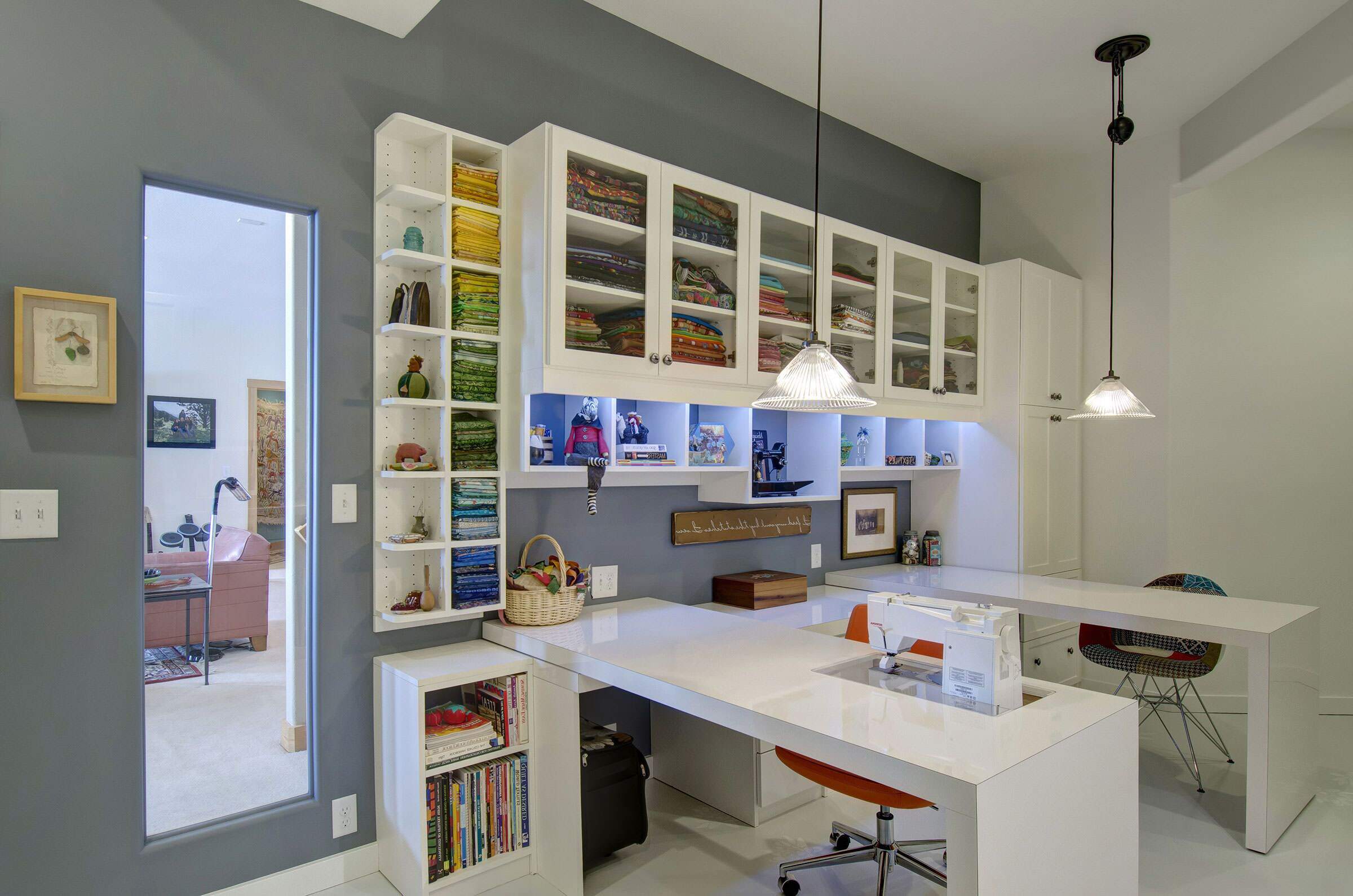
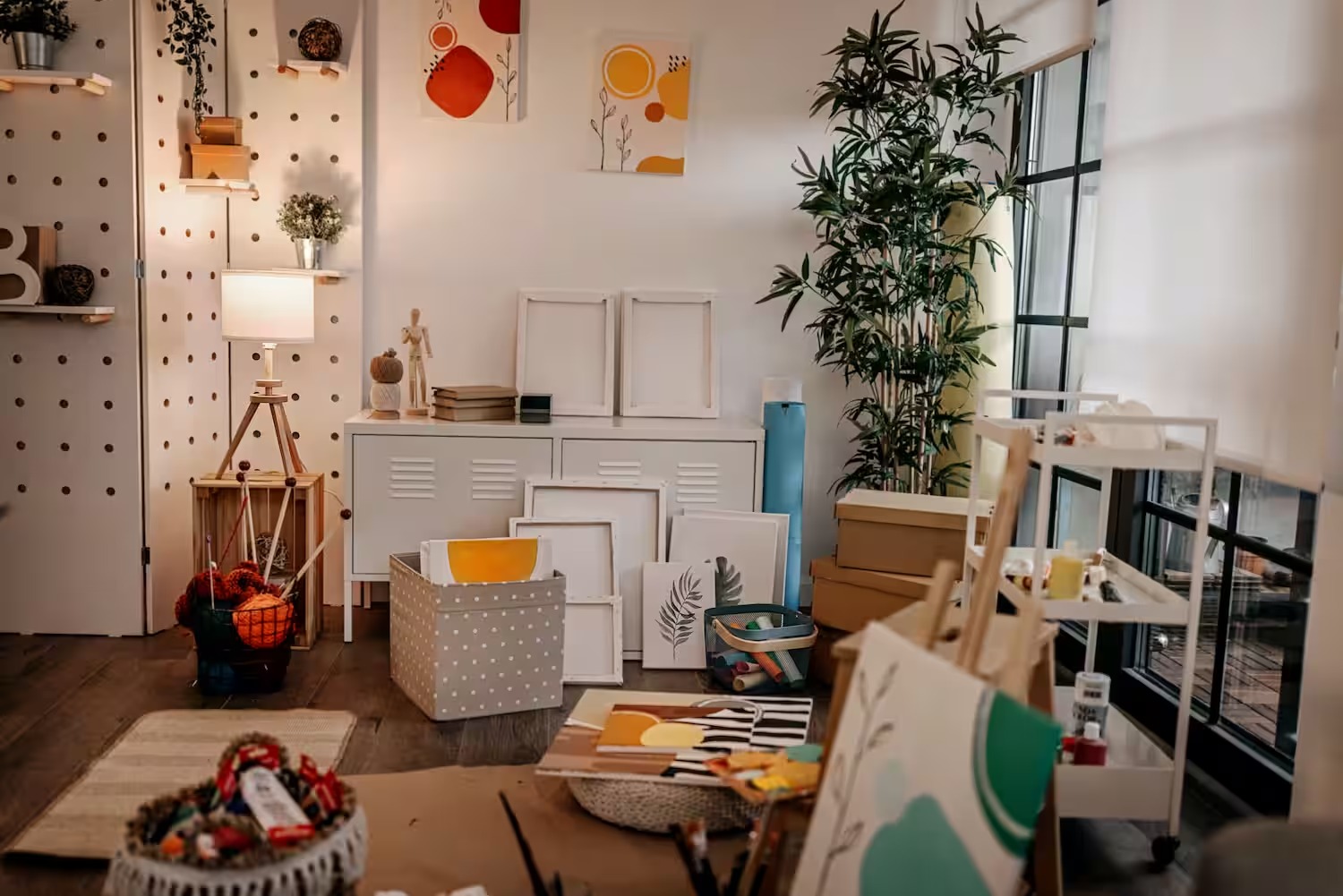
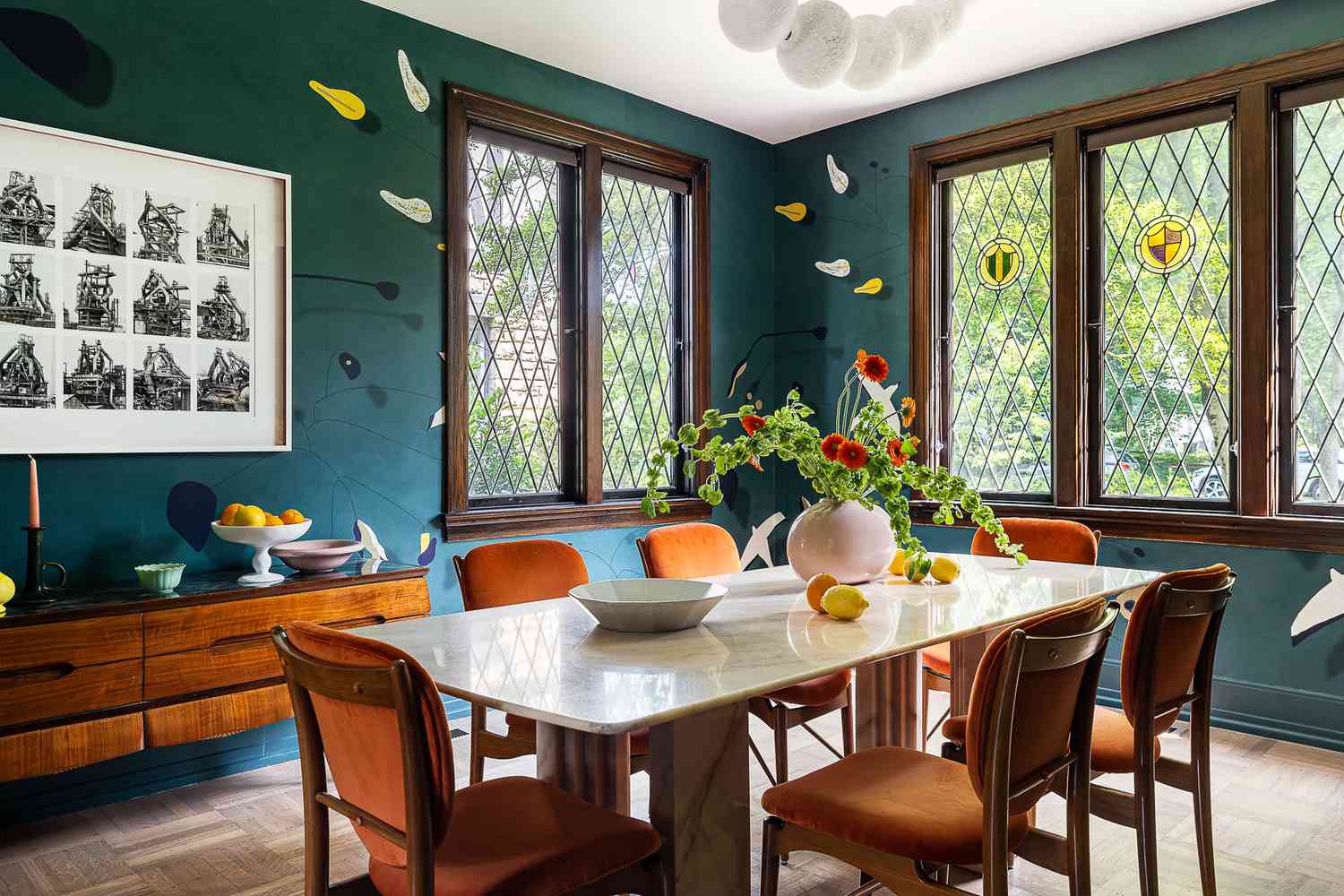

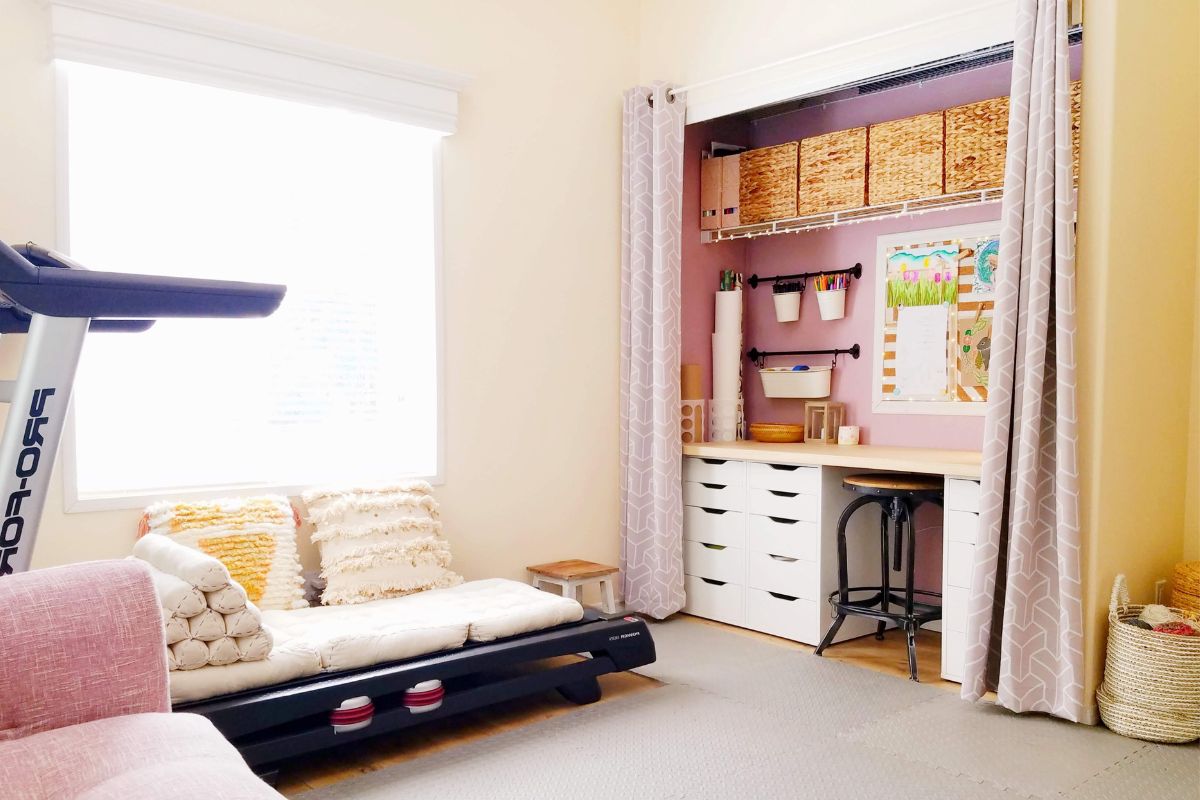
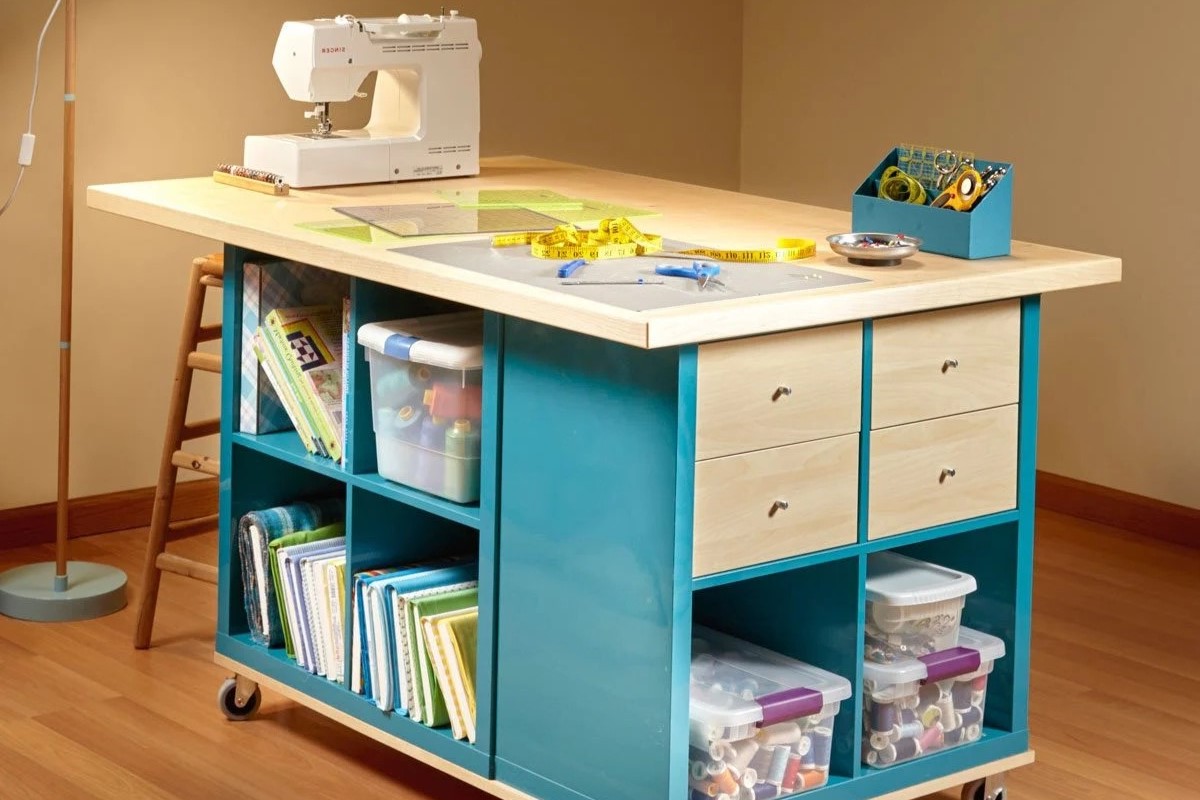
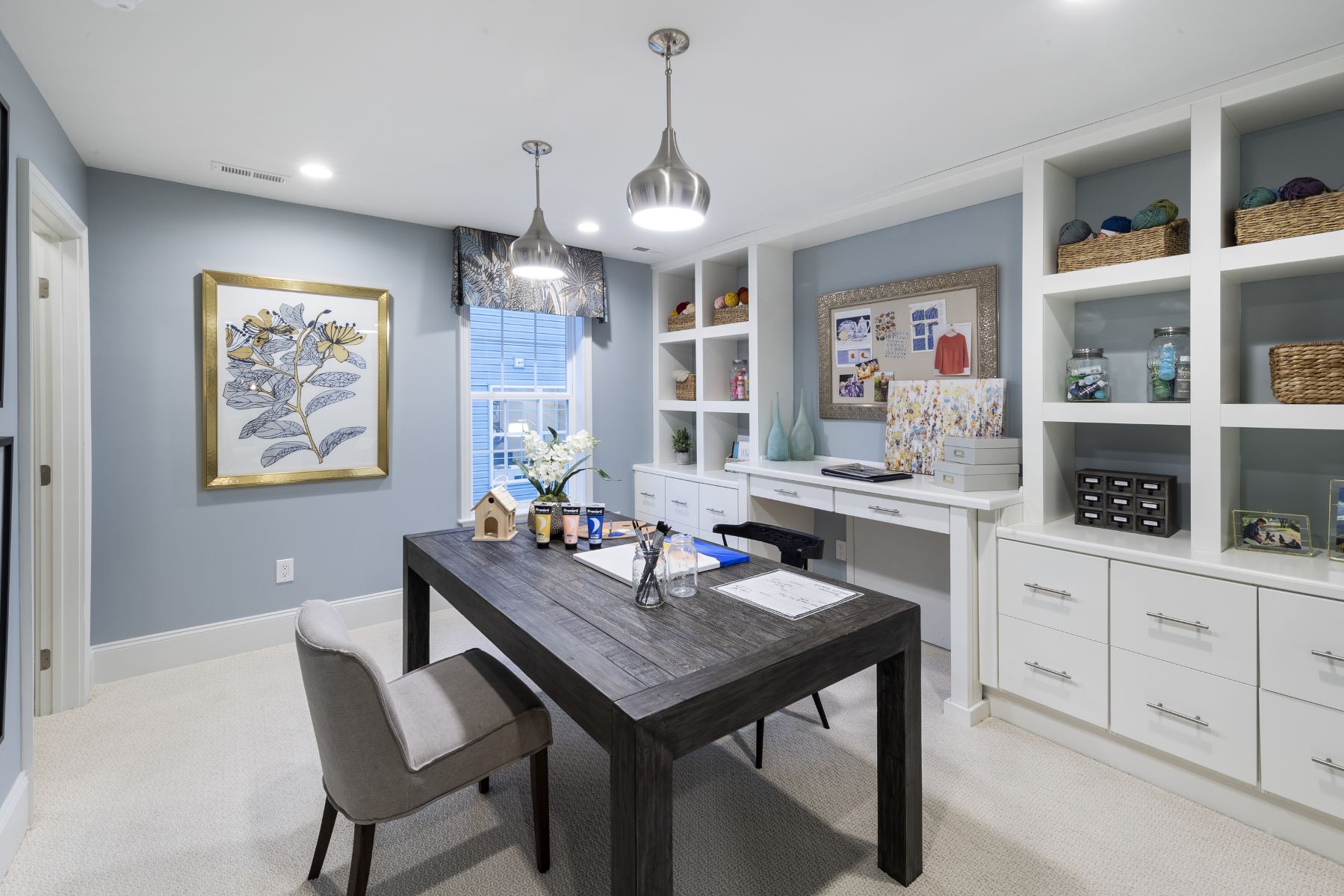
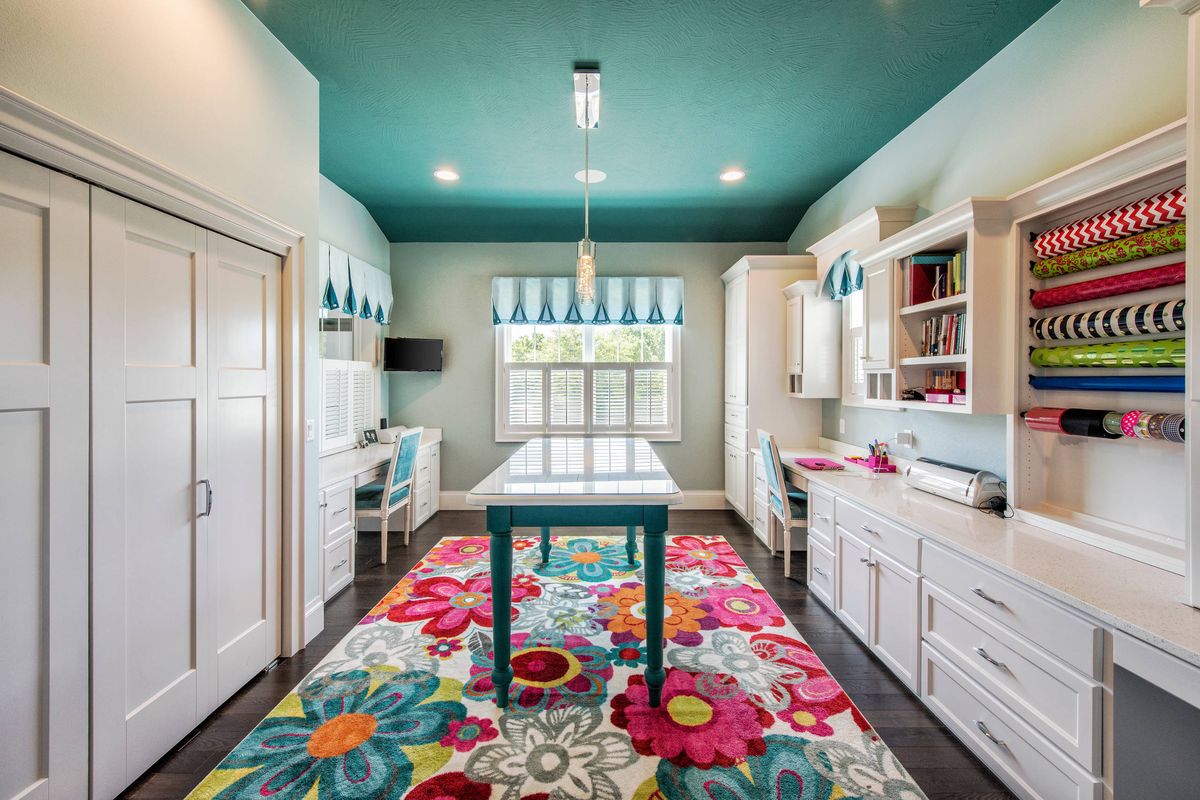
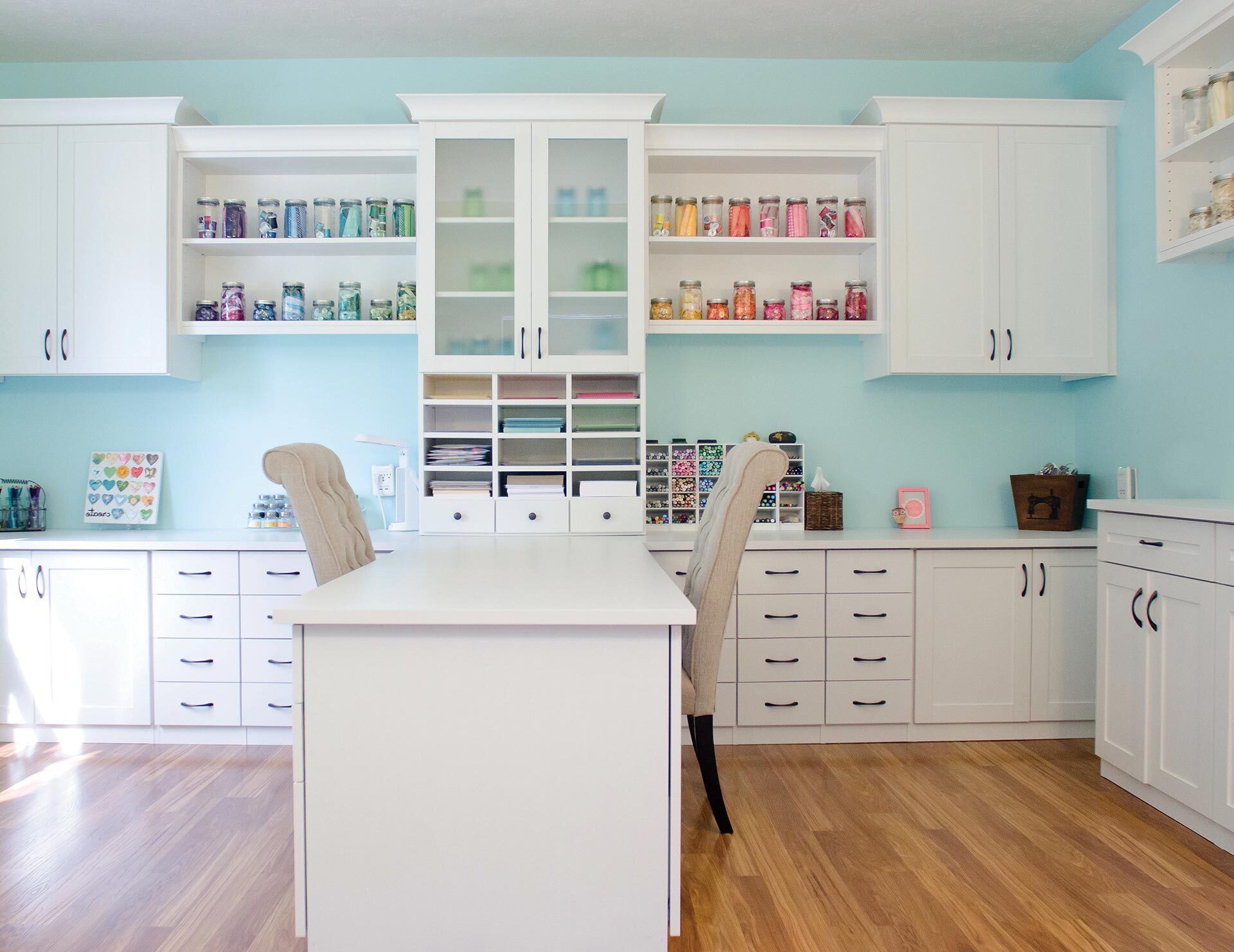
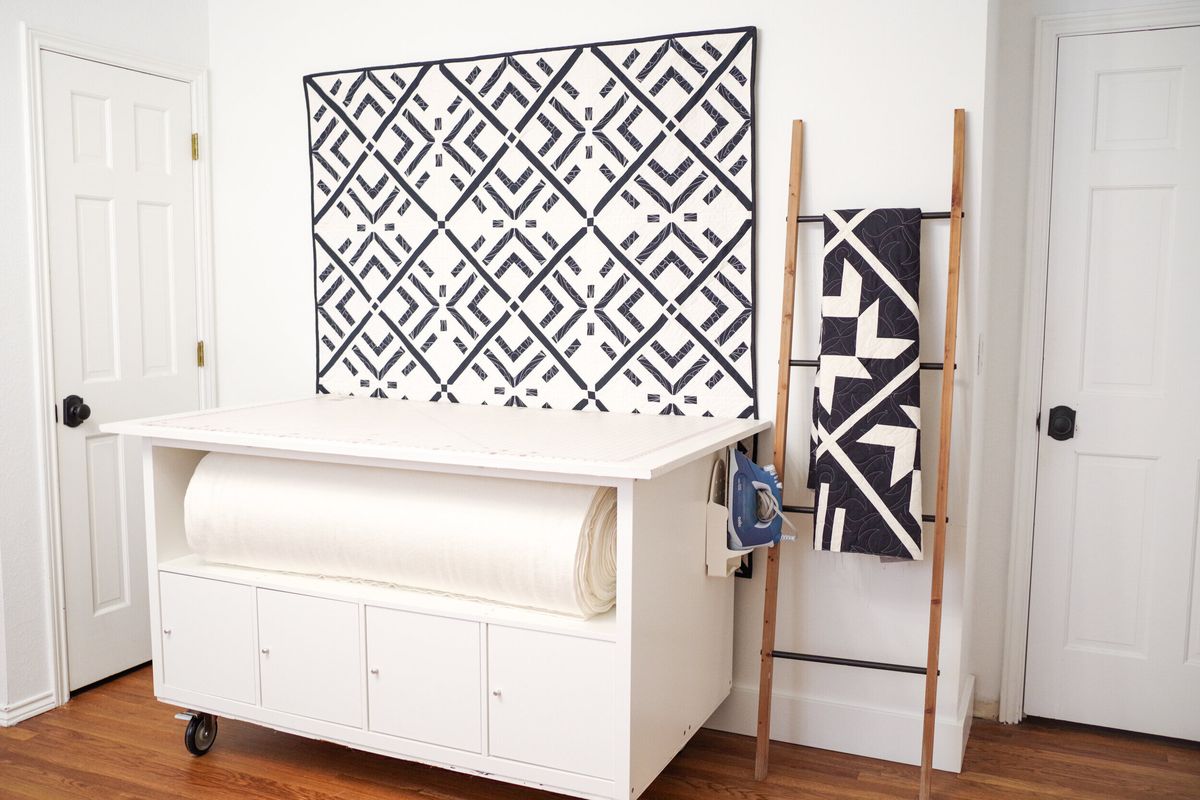
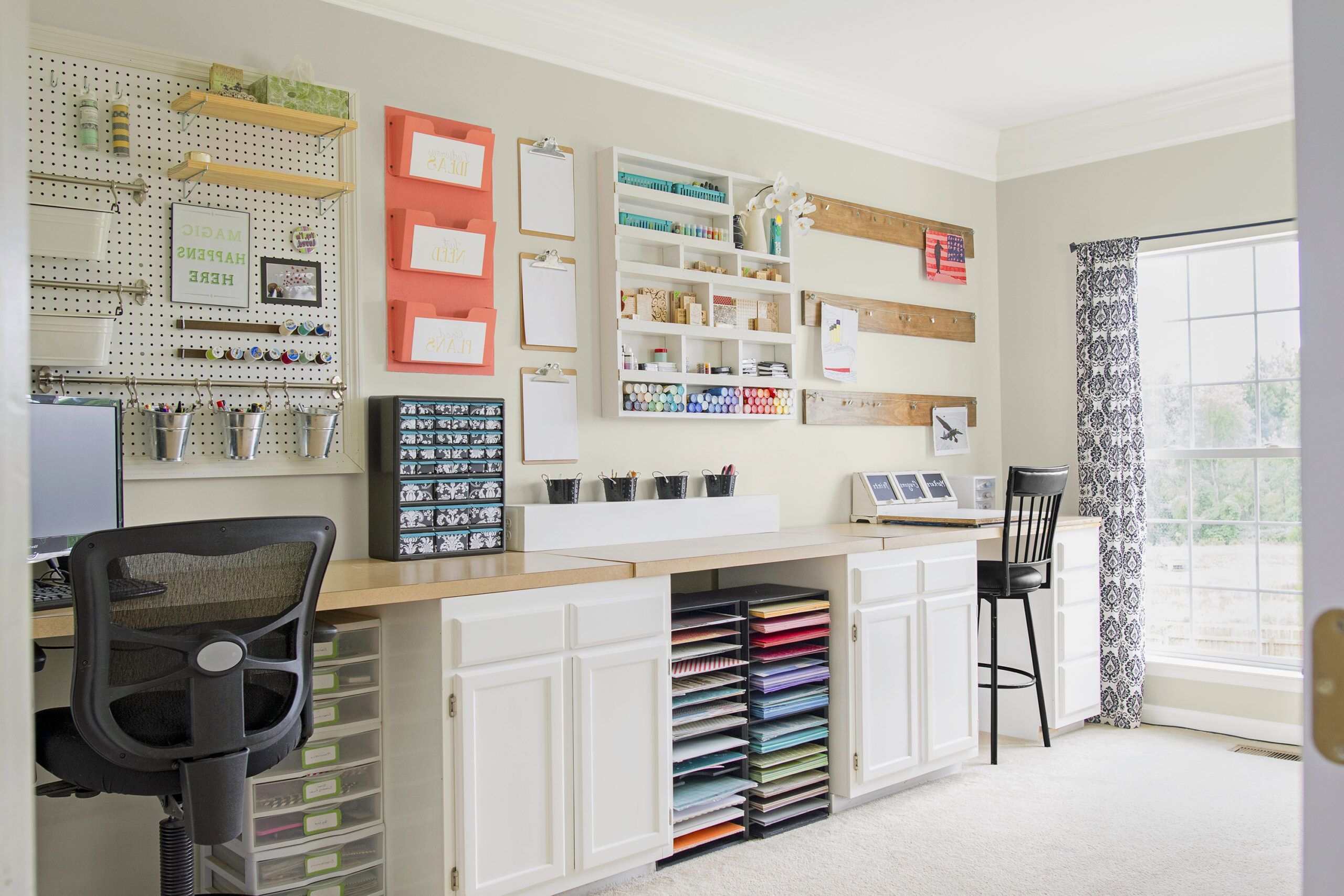
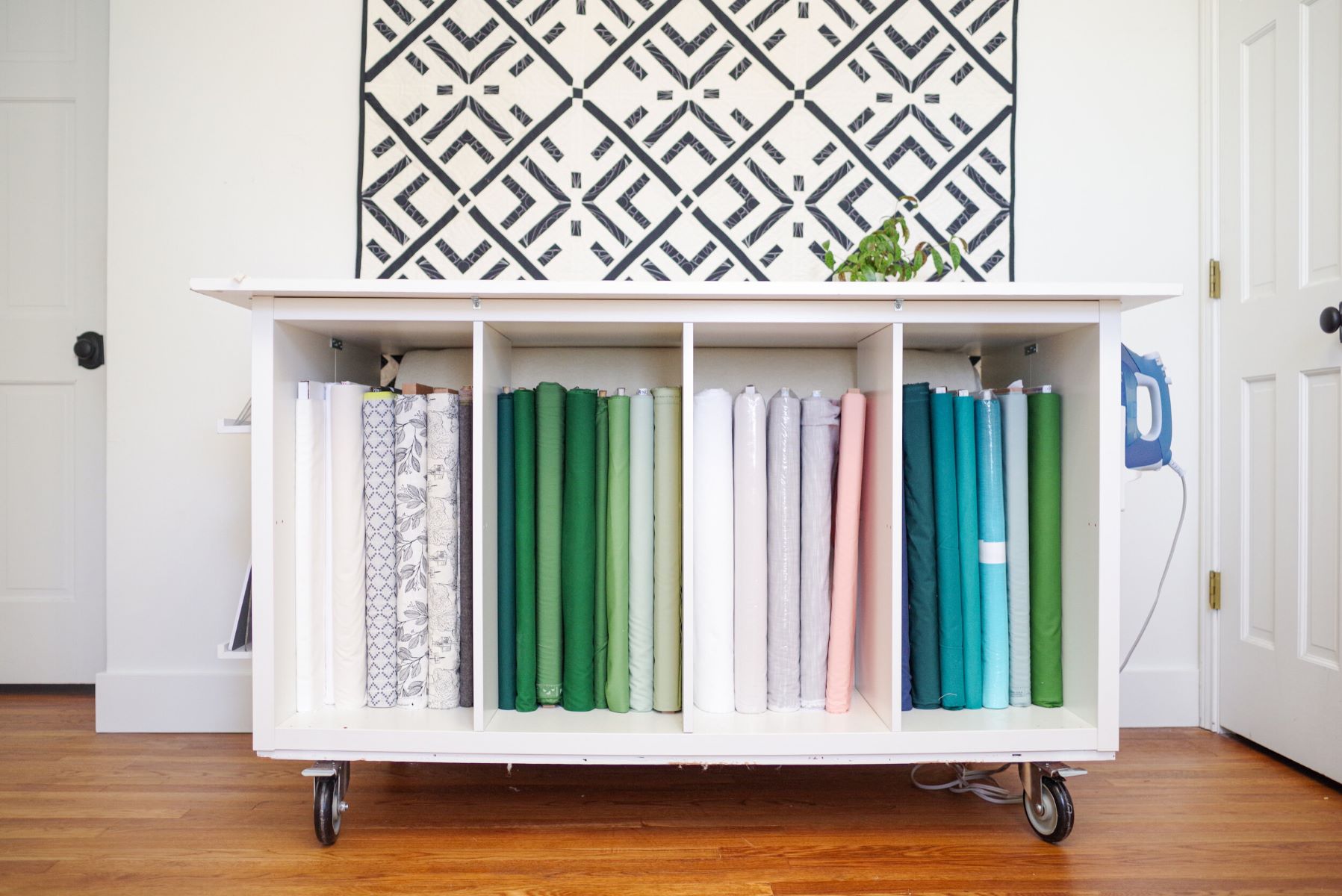
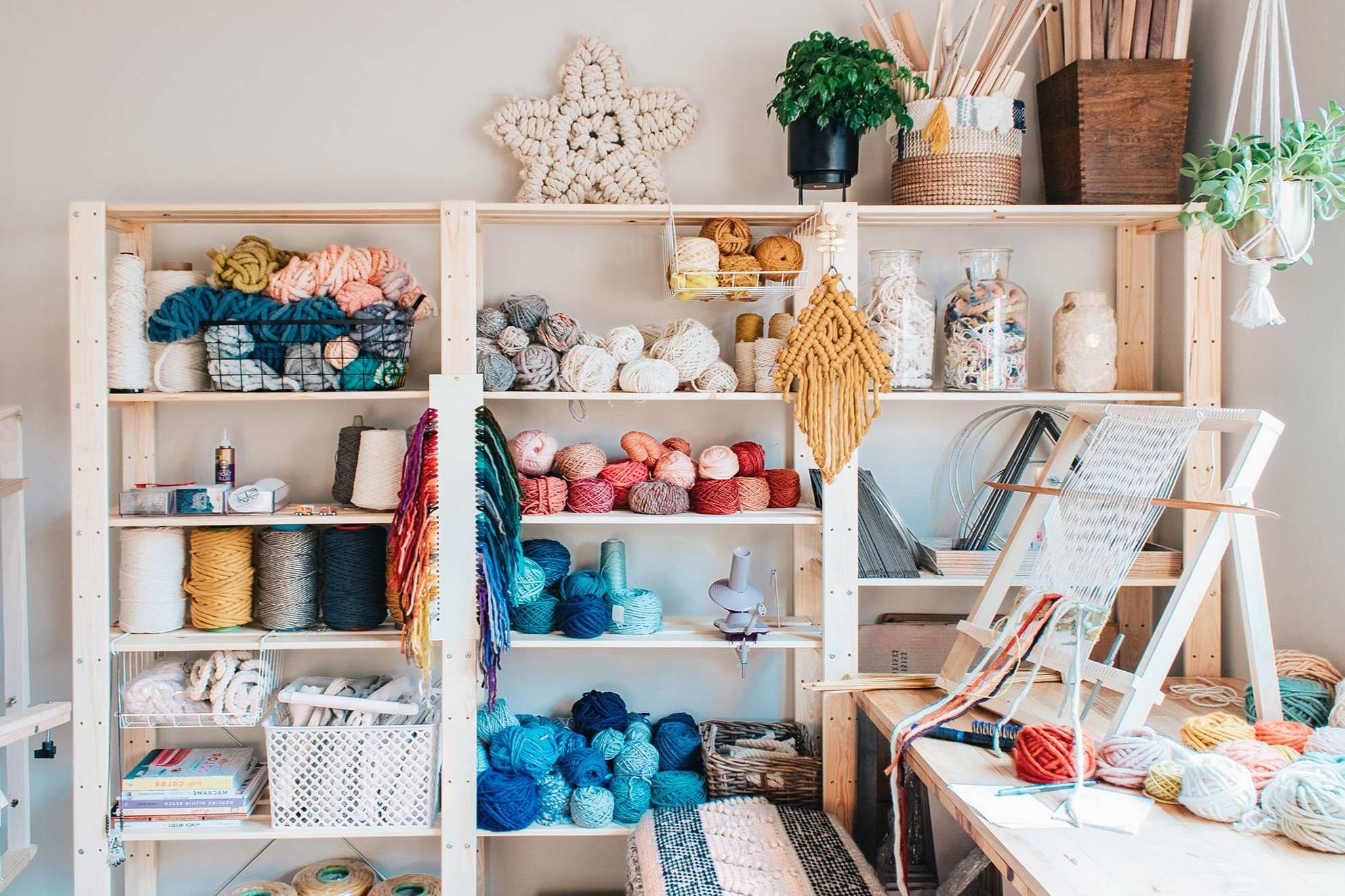
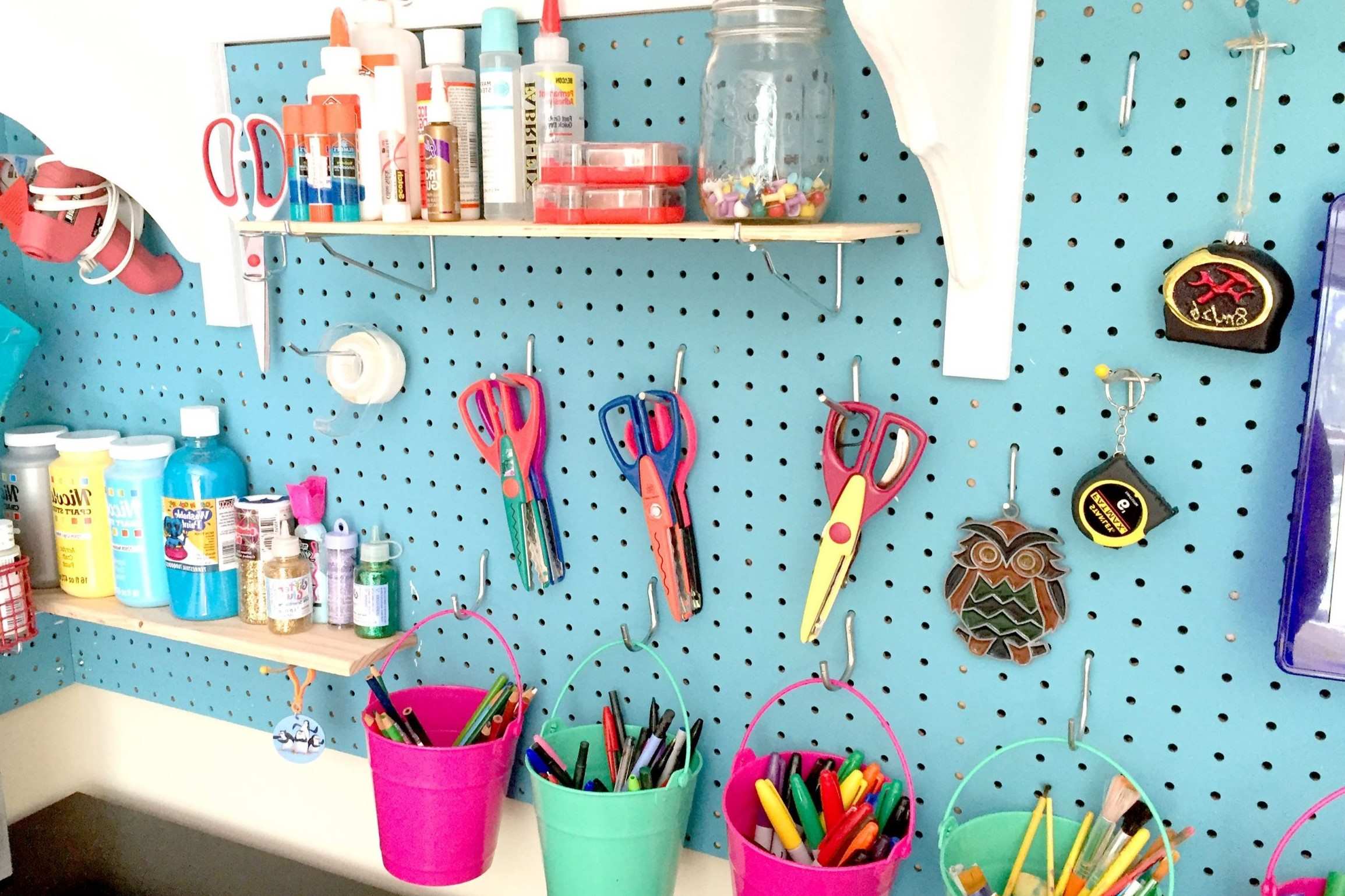

0 thoughts on “Creating A Functional Craft Room In Limited Space”